 Your new post is loading...
In the years leading up to World War II, racial segregation and discrimination were constant factors in the daily lives of many in the United States. This Thursday, April 21, we will explore the path towards equal rights from before and after World War II with special guests. Join wherever you are via #livestream to watch the Fighting for the Right to Fight Symposium.
At the time, I was writing a book about the politics of drug prohibition. I started to ask Ehrlichman a series of earnest, wonky questions that he impatiently waved away. “You want to know what this was really all about?” he asked with the bluntness of a man who, after public disgrace and a stretch in federal prison, had little left to protect. “The Nixon campaign in 1968, and the Nixon White House after that, had two enemies: the antiwar left and black people. You understand what I’m saying? We knew we couldn’t make it illegal to be either against the war or black, but by getting the public to associate the hippies with marijuana and blacks with heroin, and then criminalizing both heavily, we could disrupt those communities. We could arrest their leaders, raid their homes, break up their meetings, and vilify them night after night on the evening news. Did we know we were lying about the drugs? Of course we did.”
The lynching of Jesse Washington.
Washington was beaten with shovels and bricks,was castrated, and his ears were cut off. A tree supported the iron chain that lifted him above the fire. Jesse attempted to climb up the skillet hot chain. For this, the men cut off his fingers.
Jesse was 15.
1916.
Roma, the largest ethnic minority in Eastern Europe, are perhaps the region's most misunderstood, most persecuted, and maligned minority. Since their migration from India approximately six hundred years ago, Roma have suffered economic, political and cultural discrimination at the hands of both communist and capitalist and both democratic and totalitarian societies.
rudegyalchina:
“thisgirlspeaks:
“rudegyalchina:
“fuckyourracism:
“tessacrowley:
“fuckyourracism:
“Stop referring to white people as caucasian.
”
Truth. I think the confusion comes from the forensic...
Most people haven’t heard of him. But you should have. When you see his face or hear his name you should get as sick in your stomach as when you read about Mussolini or Hitler or see one of their pictures. You see, he killed over 10 million people in the Congo.
His name is King...
As history shows, racial injustice in America and the fight to resolve it has been a long, rigorous battle -- and it is one still being fought today.
Generations of activists have been fueled by the fight against the systemic and social inequalit...
Via Darcy Delaproser, Jocelyn Stoller
Pamphlets written by Ida B. Wells-Barnett on the subject of lynching comprise a substantial body of innovative writing, reporting, and analysis in U.S. intellectual history. In the 1890s especially, nascent professional social scientists, media opinion shapers, and leaders in the black community acknowledged and relied on her work.1 Indeed, Ida B. Wells-Barnett's foundational insights into the complex social dynamics behind the lynching for rape scenario have stood the test of time in the more than one hundred years since she penned them; yet her status and recognition as a social critic in the ensuing years has been embattled, to say the least.2 At her death in 1931, for example, W.E.B. Du Bois wrote in National Association for the Advancement of Colored People's (NAACP) journal, The Crisis, that her work had been "easily forgotten" and "taken to greater success" by others.3 Wells-Barnett herself complained in a diary of the neglect of "my anti-lynching contribution" in early black history textbooks penned by the influential scholar Carter G. Woodson.4 This essay suggests that rather than comprising a "forgotten" body work, Ida B. Wells-Barnett's pamphlet writings were appropriated and transformed by peers and colleagues in social reform. In turn, they marginalized her as author and leader.
“I’m pretty sure if you get in your Delorean and go back to the point where any colonized people first encountered the white man, the thought was not “That’s fucking attractive!” It was more like “What is that yellow haired thing with the demon eyes?!”
Mills spent the next decade researching the barbershop trade for his book, Cutting Along the Color Line: Black Barbers and Barber Shops in A...
Via Skuuppilehdet
Drawing on data from the 2010 U.S. Census, the map shows one dot per person, color-coded by race. That's 308,745,538 dots in all. White: blue dots; African American: green dots; Asian: red; Latino: orange; all others: brown Last year, a pair of researchers from Duke University published a report with a bold title: “The End of the Segregated Century.” U.S. cities, the authors concluded, were less segregated in 2012 than they had been at any point since 1910. But less segregated does not necessarily mean integrated–something this incredible map makes clear in vivd color. The map, created by Dustin Cable at University of Virginia’s Weldon Cooper Center for Public Service, is stunningly comprehensive. Drawing on data from the 2010 U.S. Census, it shows one dot per person, color-coded by race. That’s 308,745,538 dots in all–around 7 GB of visual data. It isn’t the first map to show the country’s ethnic distribution, nor is it the first to show every single citizen, but it is the first to do both, making it the most comprehensive map of race in America ever created.
Via Seth Dixon, Michael Miller, Skuuppilehdet
Slavery, the value of chastity, and laws that favored men all made it difficult for women to find justice during the chaos of war.
Via Community Village Sites
On June 22, 1937, Joe Louis knocked out James Braddock with a right to the jaw to become the world heavyweight champion. At a time when Major League Baseball was still a decade from integration, Louis’ victory in Chicago’s Comiskey Park was a triumph for black America, and for racial progress. “What my father did was enable white America to think of him as an American, not as a black,” Joe Louis Jr. told ESPN in 1999. “By winning, he became white America’s first black hero.” Three months before the fight, another notable moment involving race and sports occurred in the same city: the death of a 76-year-old man named William Edward White, of blood poisoning after a slip on an icy sidewalk and a broken arm. Fifty-eight years earlier, White played a single game for the Providence Grays of baseball’s National League to become, as best as can be determined, the first African-American player in big-league history. Unlike Louis’ knockout, though, White’s death merited no coverage in the local or national press. A clue as to why can be found in cursive handwriting in box No. 4 on White’s death certificate, which is labeled COLOR OR RACE. The box reads: “White.”
Via Seth Dixon, Skuuppilehdet
Digging up the tangled roots of Americans’ (generally erroneous) belief in their own Indian heritage.
Discussed: White Americans Taking on Faux–American Indian Identities, Bob Dylan, The Two Most Popular Ancestral Myths in the United States, Elizabeth Warren’s High Cheekbones, The “Right Kind of People,” The Spirit of the Continent, 1820s “Vanishing Native” Narratives, Mohawk Insults, Grave
The phrase 'sold down the river' means you've been betrayed. It used to mean something far worse.
"River" was a literal reference to the Mississippi or Ohio rivers. For much of the first half of the nineteenth century, Louisville, Ky., was one of the largest slave trading marketplaces in the country. Slaves would be taken to Louisville to be "sold down the river" and transported to the cotton plantations in states further south. In his 2010 history of the Mississippi River, journalist Lee Sandlin said that "the threat of being 'sold down the river' was seen as tantamount to a death sentence."
Via Seth Dixon
"In the wake of the #AsianPrivilege response hash-tag to #NotYourAsianSidekick and #BlackPowerYellowPeril, it appears as if (among other misguided ideas) there is a prevailing notion out there that, in contrast to other minorities, Asian Americans “lack a history of resistance” (or that we think we do), and that this invisibility and dearth of civil rights history actually confers upon the Asian American community a form of racial privilege.
..."
Via Community Village Sites
There was a lot to be afraid of in New York after the Revolutionary War. Burned buildings loomed out of dark, crooked streets, which met at strange angles. Fights broke out in the taverns, while thieves lurked in the shadows. Families huddled in shantytowns constructed out of ships’ canvasses, while garbage piled high on the corners. The city watch was nothing more than forty men with clubs.
Besides the thieves and the brawls, people feared the medical students. The young men in black suits who studied at Columbia College and New York Hospital did as their teachers from England and Scotland had done: they learned anatomy by dissecting bodies stolen from the local cemeteries. In London and Edinburgh, a quasi-professional class of grave-robbers known as the “Resurrection Men” dug fresh corpses from the cemeteries of the poor and brought them to the medical school. In eighteenth-century New York, the medical students robbed the graves themselves, sneaking into cemeteries on cold, moonless nights and carrying wooden shovels to avoid the loud scrape of metal on stone.
But the bodies on the dissecting tables in New York often had a different hue than the bodies in Europe.
The problem with Mormon history is that it focuses on Mormons. I make this paradoxical statement to intentionally overstate the case—but there is some truth to it.
“. . . It’s a tricky business, integrating new politics with tried and true social motifs . . .”
atural selection is not the sole factor in skin tone variation across the Indian sub-continent, with cultural and linguistic traits still delineating this skin pigment genetic mutation
...But while the complete dominance of the gene in Europeans is likely to be solely down to natural selection, they say, the rich diversity of this genetic variant in India – high in some populations while non-existent in others, even neighbouring ones – has some correlation with factors of language, ancestral migration and distinct social practices such as limiting marriage partners to those with specific criteria.
Via David Connolly
You need to keep scrolling, reading; because if you don’t, your lack of attention is as bad as the lack of context. And then “Well done Tumblr. You posted a picture without context and made two of the nicest people look like complete monsters.” becomes “Well done lazy reader. You now think two of the nicest people look like complete monsters.”
blackhistoryalbum: “ BUFFALO SOLDIER A studio portrait of an unidentified African American soldier posing with buffalo hide. ca. 1860-1880. Yale Collection of Western Americana, Beinecke Rare Book and...
|

Curated by Deanna Dahlsad
An opinionated woman obsessed with objects, entertained by ephemera, intrigued by researching, fascinated by culture & addicted to writing. The wind says my name; doesn't put an @ in front of it, so maybe you don't notice. http://www.kitsch-slapped.com
Other Topics
Antiques & Vintage Collectibles
Crimes Against Humanity
From lone gunmen on hills to mass movements. Depressing as hell, really.
Cultural History
The roots of culture; history and pre-history.
In The Name Of God
Mainly acts done in the name of religion, but also discussions of atheism, faith, & spirituality.
Kinsanity
Let's just say I have reasons to learn more about mental health, special needs children, psychology, and the like.
Nerdy Needs
The stuff of nerdy, geeky, dreams.
Readin', 'Ritin', and (Publishing) 'Rithmetic
The meaning behind the math of the bottom line in publishing and the media. For writers, publishers, and bloggers (which are a combination of the two).
Sex Positive
Sexuality as a human right.
Vintage Living Today For A Future Tomorrow
It's as easy to romanticize the past as it is to demonize it; instead, let's learn from it. More than living simply, more than living 'green', thrifty grandmas knew the importance of the 'economics' in Home Economics. The history of home ec, lessons in thrift, practical tips and ideas from the past focused on sustainability for families and out planet. Companion to http://www.thingsyourgrandmotherknew.com/
Visiting The Past
Travel based on grande ideas, locations, and persons of the past.
Walking On Sunshine
Stuff that makes me smile.
You Call It Obsession & Obscure; I Call It Research & Important
Links to (many of) my columns and articles.
|



 Your new post is loading...
Your new post is loading...

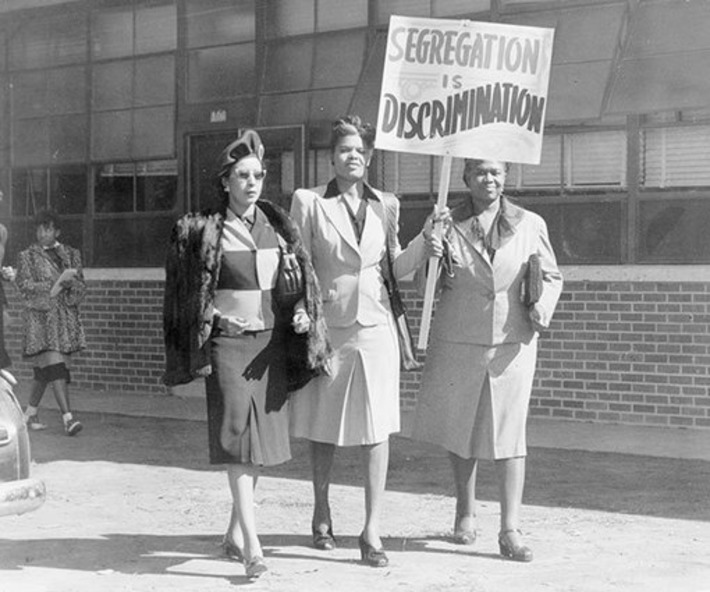

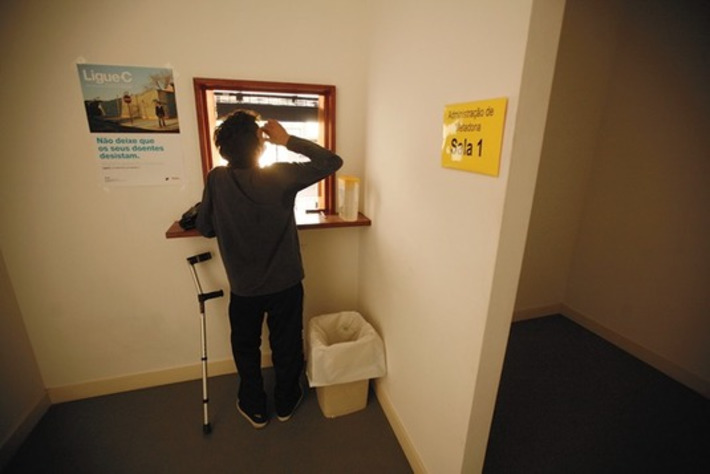





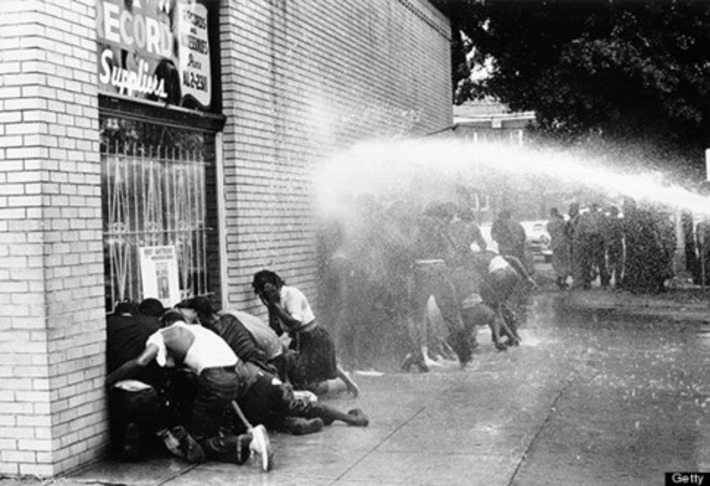
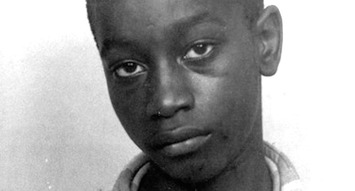

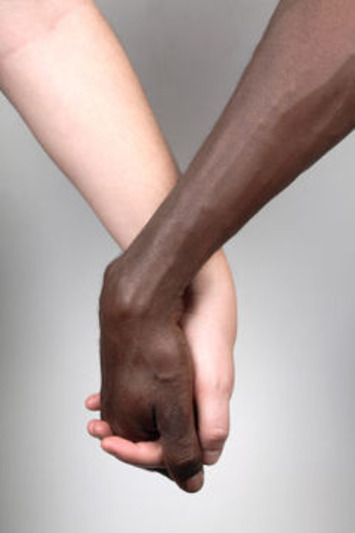



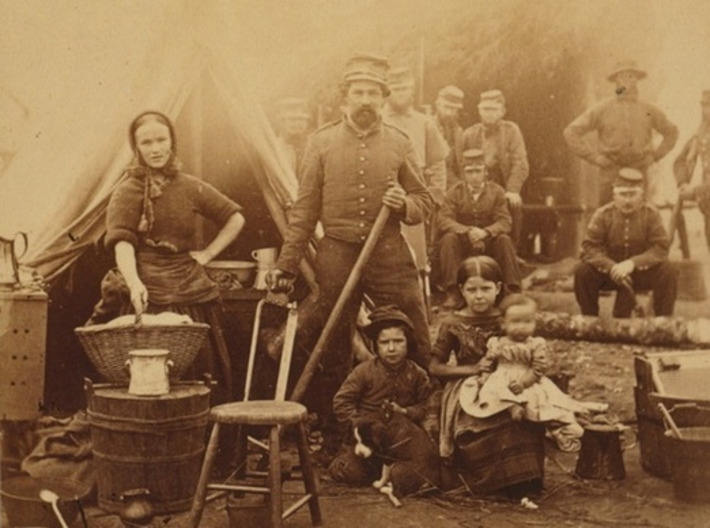
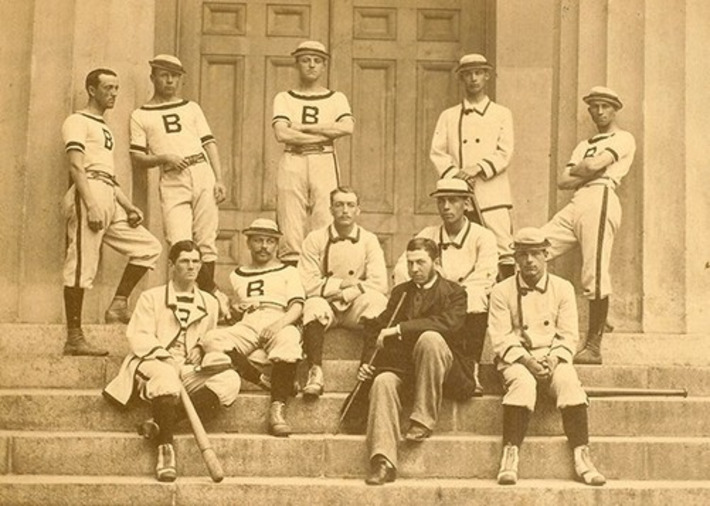

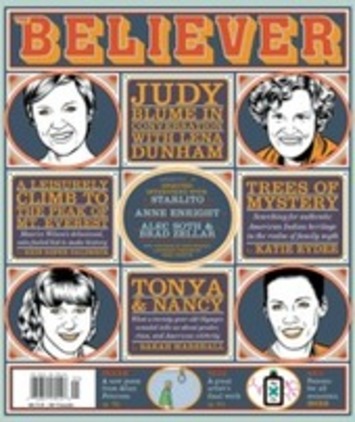
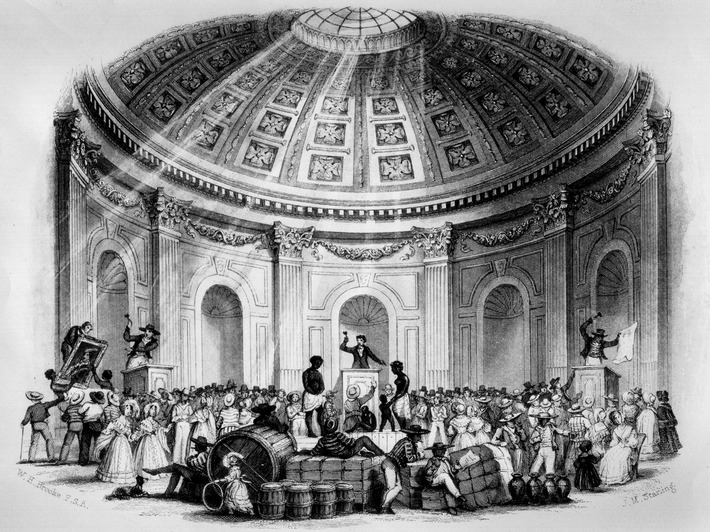
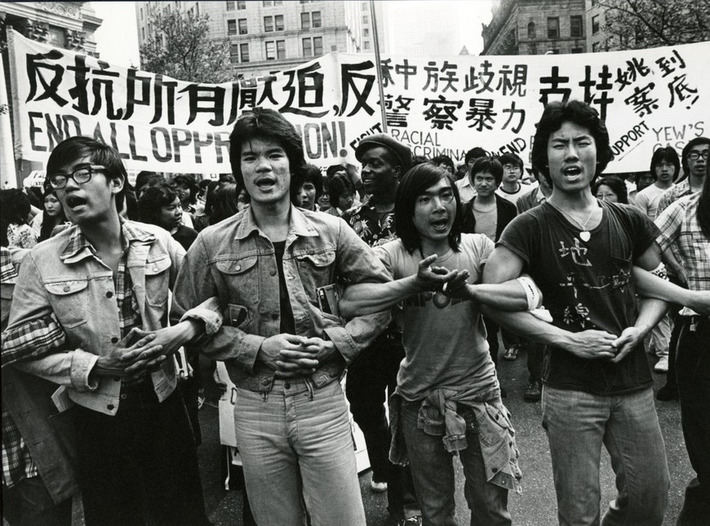


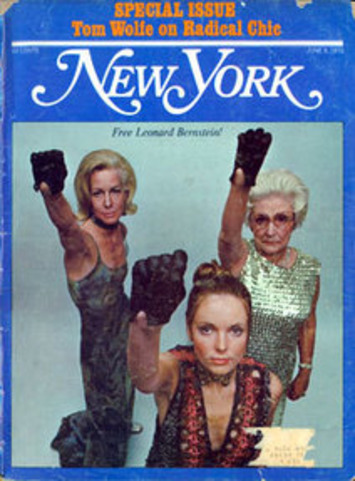
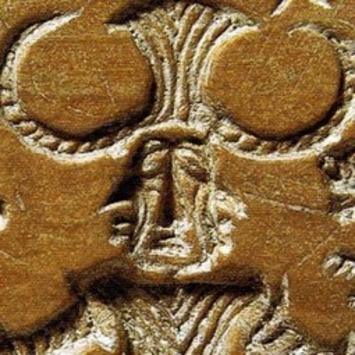

























Today!!